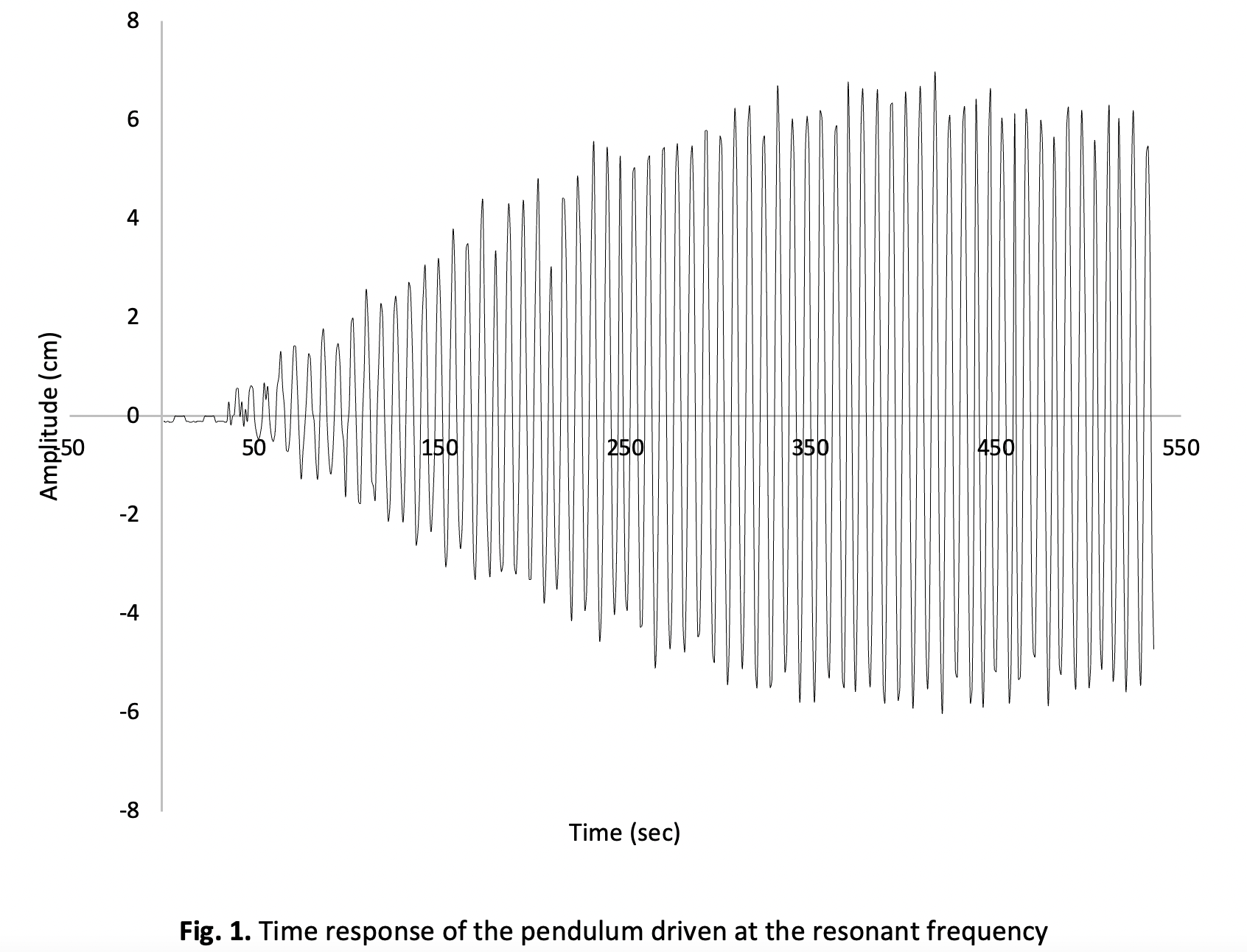Energy Analysis and the Determination of the Resonant Frequency of a Custom-Designed Scientific Oscillating Body
DOI:
https://doi.org/10.37934/araset.28.3.3948Keywords:
Resonant frequency, oscillator, energetics, error analysisAbstract
This paper computes the resonant frequency and energy curves of a harmonically oscillating pendulum. The apparatus was customized in design, and could also be used for demonstrating and validating other oscillatory phenomena with extreme accuracy. The determined resonant frequencies of three pendula of length 21.10 cm, 23.84 cm, and 33 cm, used in this work are 1.07 Hz, 1.0 Hz, and 0.86 Hz respectively, which were found to be close to theoretically calculated values, i.e., the natural frequency of the pendulum. The error analysis of the determined resonant frequencies validated the consistency of the designed laboratory apparatus with the minute errors of 0.009, 0.019, and 0.011 respectively. The potential and kinetic energy calculated for the bob positions ranging from -5.30 cm to +5.30 cm showed an inverse relationship between the two with a total energy of 115.17 J for all the experimental positions of the bob. As an annexure of the study, the paper also determined the g (acceleration due to gravity) value of 9.78 m/s2 from the experiment, which is very close to its standard value, 9.8 m/s2.Downloads

Downloads
Published
2022-11-30
How to Cite
Gopal Rizal, Parsu Ram Sharma, Shacha Thinley, Bevek Subba, Vijaya Kumar Chilaka, & Khandaker Dahirul Islam. (2022). Energy Analysis and the Determination of the Resonant Frequency of a Custom-Designed Scientific Oscillating Body. Journal of Advanced Research in Applied Sciences and Engineering Technology, 28(3), 39–48. https://doi.org/10.37934/araset.28.3.3948
Issue
Section
Articles




























